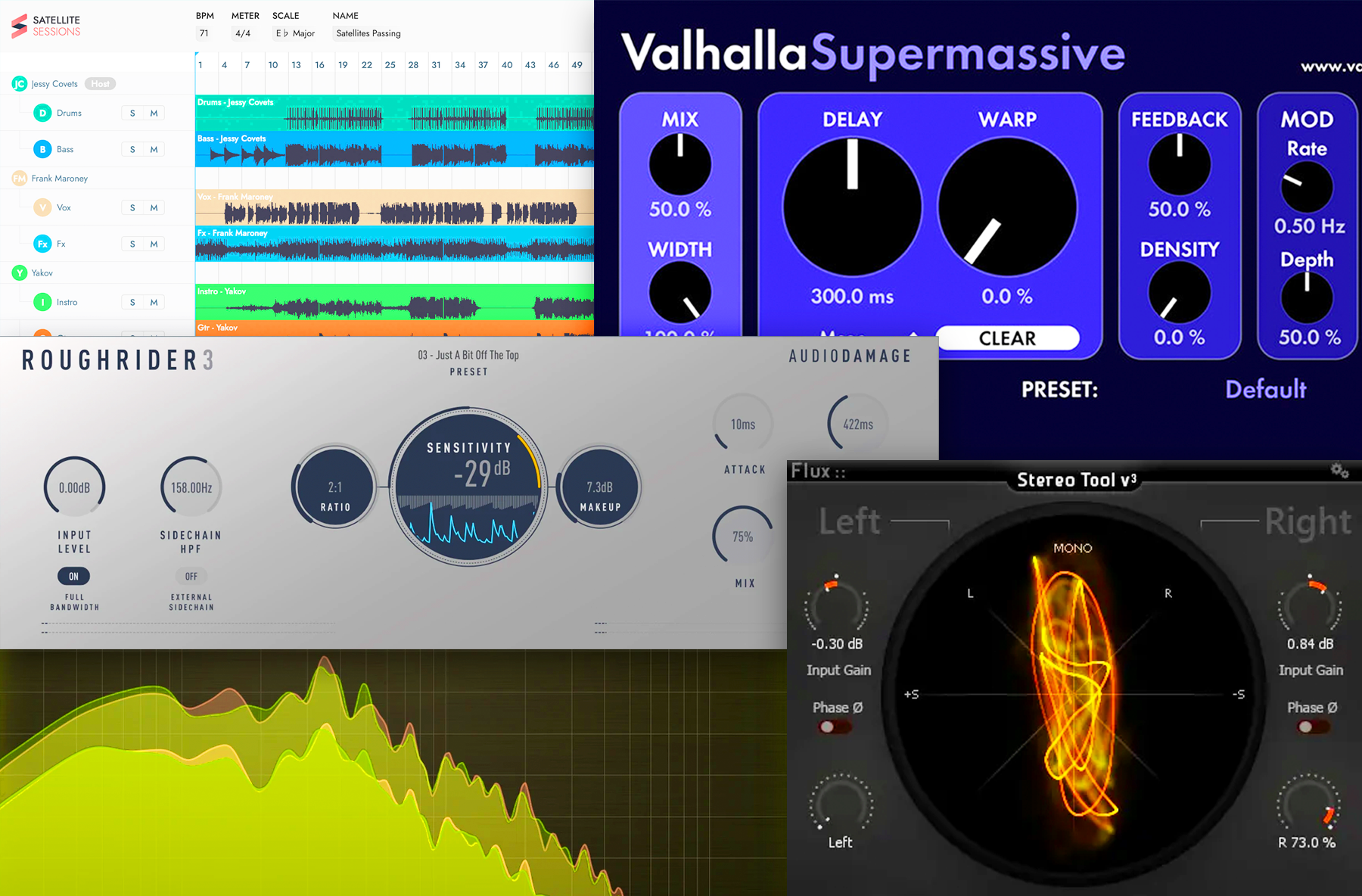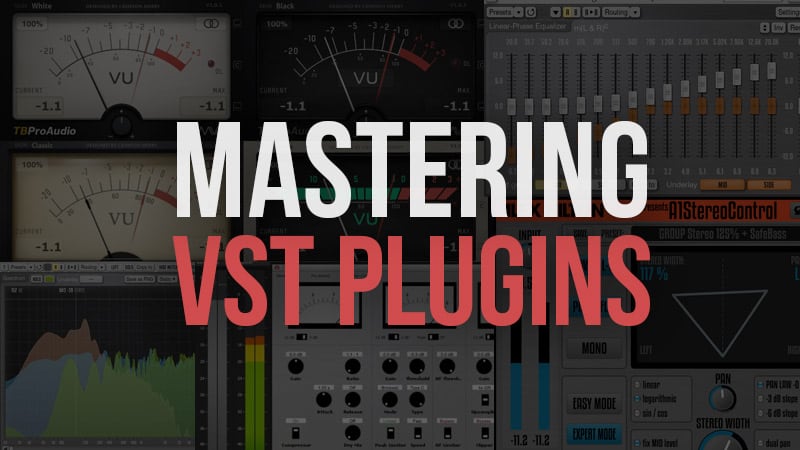
You’ll find other emulations of this classic compressor from Waves and UAD. The original SSL Bus Compressor has a very simple and functional layout, making it easy to quickly dial in a sound. The Glue lives up to its name and really helps your material subtly breathe and “sit” within the same context. The Glue is my favorite of the SSL-style compressors because it has a wet/dry blend knob.

Nickel is clean, Iron is subtly saturated, and Steel adds a pretty noticeable low end bump to your material. Unique feature: There are many unique features on this one, but I’d have to go with the Nickel, Iron and Steel Transformer Types. The Shadow Hills Mastering Compressor can be very transparent, or it can be pushed to get a huge, modern, in-your-face sound. I generally use slow attack and fast release times when applying compression to an entire mix, and only want to be applying 1-2dB of gain reduction as to not introduce pumping or compromise the mix. Don’t let the complicated look fool you once you get a feel for the Shadow Hills, it’s extremely easy to dial in a great sound. The hardware unit is a behemoth, consisting of several compressors in one, with many different controls and options. Here’s a roundup of my most used compressor plugins as well as some unique features of each.

It can help shape the tone, control dynamics, and boost the perceived (and actual) loudness of your source material.

As I cover in-depth in my new online course ( Mastering In The Box), compression is a great tool for any mastering engineer.


 0 kommentar(er)
0 kommentar(er)
